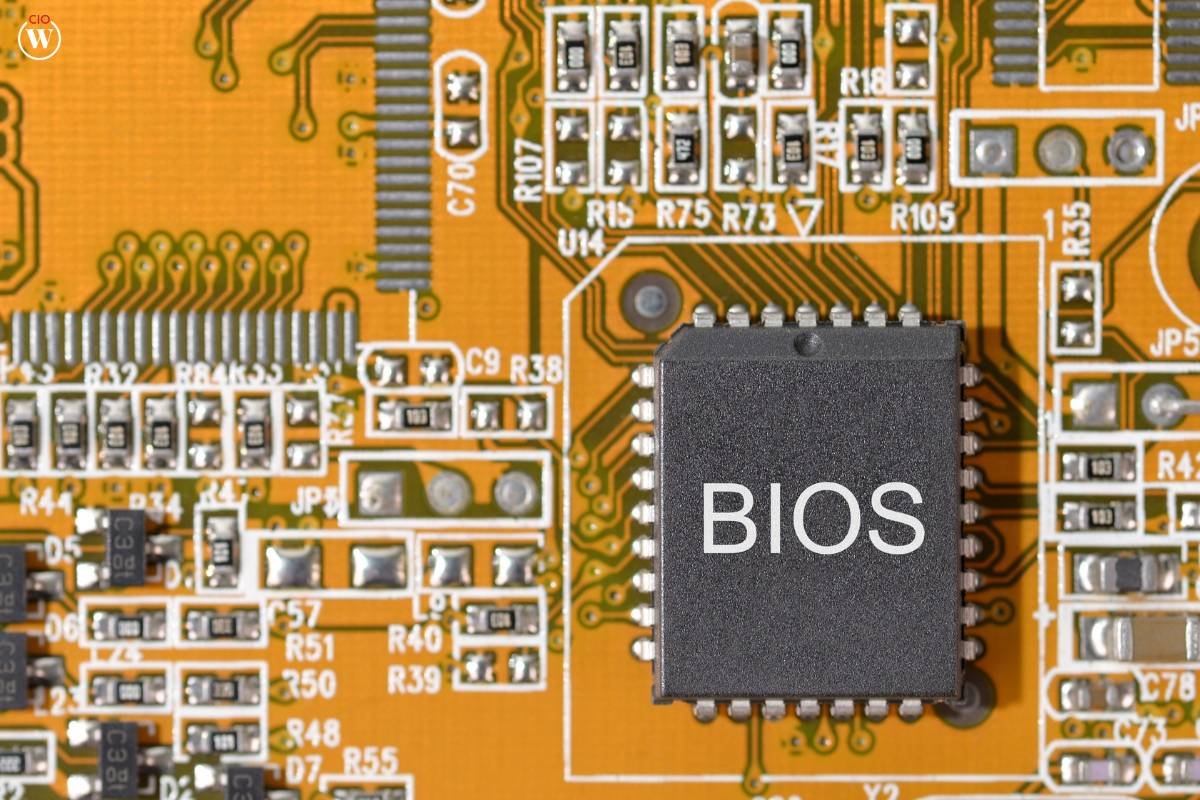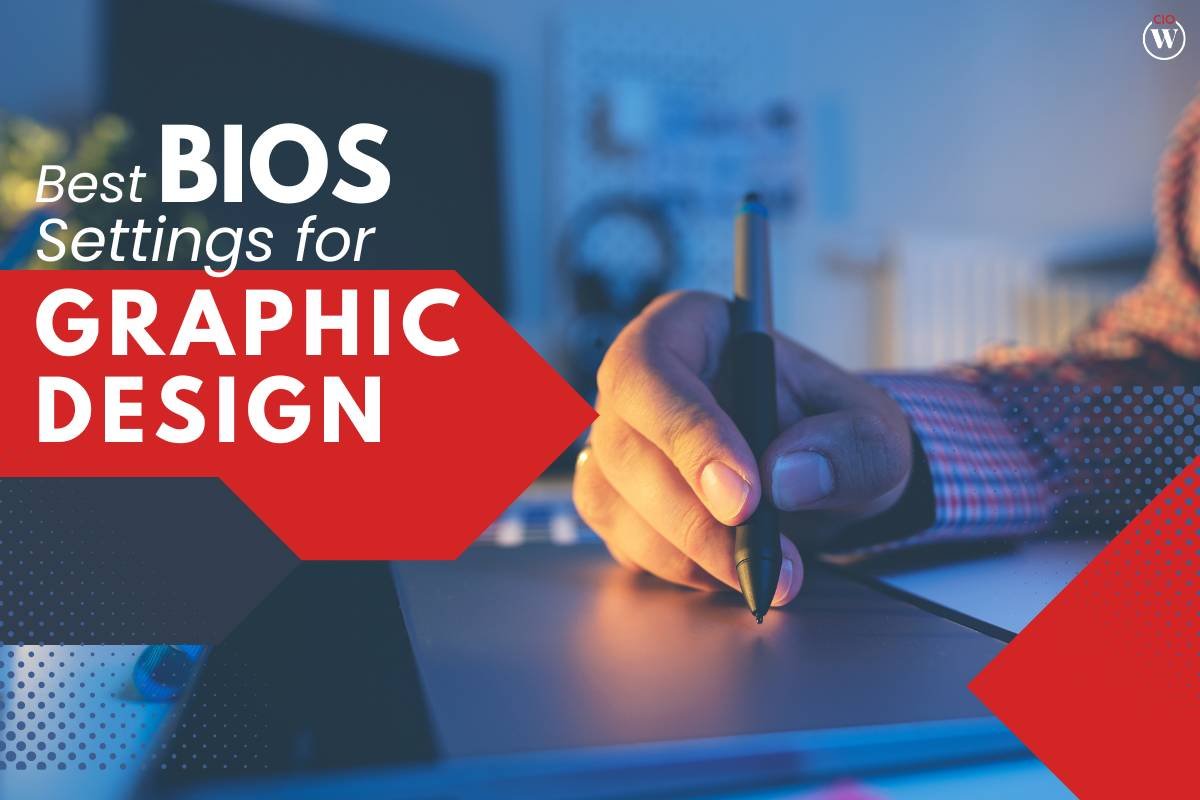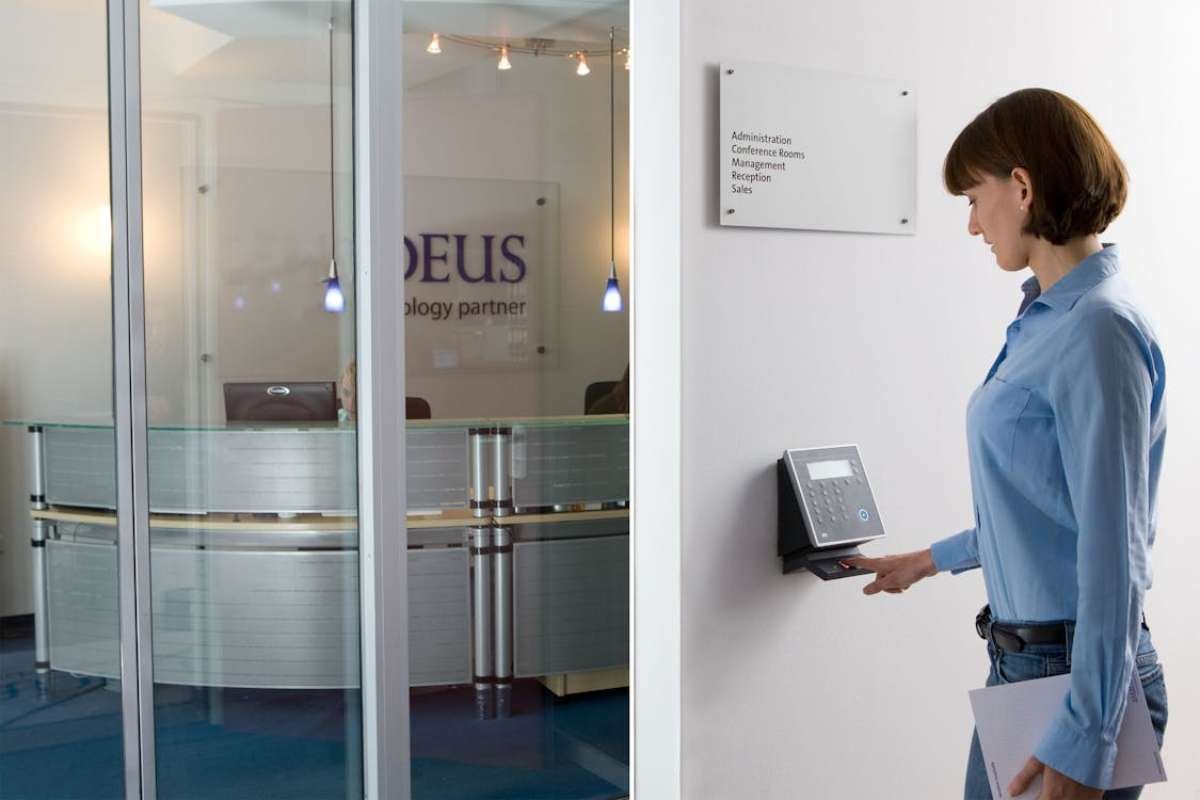In graphic design, tweaking your computer’s BIOS settings can greatly improve performance and stability. BIOS (Basic Input/Output System) settings control how hardware works with your operating system, which is crucial for smooth graphic design work. This article explores the best BIOS settings for graphic design that can help graphic designers work more efficiently and reliably.”
Understanding Best BIOS Settings for Graphic Design and Their Impact
BIOS settings serve as the foundational configuration interface for your computer’s hardware, influencing everything from processor speed to memory allocation. For graphic designers, optimizing these settings can result in the best BIOS settings for graphic design, leading to smoother rendering, faster data access, and reduced system crashes. Here’s a comprehensive look at each critical setting and how it impacts your graphic design tasks:
Best BIOS Settings for Graphic Design: Enhancing Performance
1. CPU Performance Settings
The best BIOS settings for graphic design allow you to adjust various CPU settings that directly impact performance. Ensure that features like hyper-threading and virtualization are enabled to maximize processing power, which is crucial for running multiple design applications simultaneously. Adjusting CPU clock speeds and core settings can also optimize performance based on workload demands.
2. Memory Management

To achieve the best BIOS settings for graphic design, graphics-intensive tasks often require ample RAM to handle large image files and complex design projects efficiently. In BIOS, allocate sufficient memory and adjust timings and frequencies according to manufacturer recommendations. This ensures optimal stability and responsiveness when working with high-resolution graphics and multi-layered compositions.
3. Storage Configuration
Achieving the best BIOS settings for graphic design involves configuring the speed and reliability of storage devices critical for designers working with large files. In BIOS settings, configure SATA options to enable AHCI mode (Advanced Host Controller Interface), which enhances data transfer rates and reduces latency. Opt for SSDs or NVMe drives and ensure they are properly recognized and prioritized in the boot sequence for faster system startup and application loading times.
4. Graphics Card Optimization
For the best BIOS settings for graphic design, BIOS settings govern how your graphics card communicates with the motherboard and the operating system. Adjust PCI-E settings to ensure the graphics card operates at its optimal speed and power settings, crucial for rendering complex visual effects and handling 3D modeling tasks. Ensure that dedicated GPU memory is allocated efficiently to support graphics-intensive applications without performance bottlenecks.
5. Power Management
Efficient power management in BIOS helps balance performance and energy consumption. Customize power profiles to prioritize performance during intensive design tasks while conserving power during idle periods. This optimization not only enhances system responsiveness but also prolongs battery life for mobile graphic design setups.
6. Cooling and Fan Control
Thermal management is crucial for maintaining system stability and preventing overheating, which can degrade performance and shorten hardware lifespan. When optimizing BIOS settings for graphic design, you can customize fan speeds and cooling profiles according to workload intensity and ambient temperatures. It’s important to have sufficient ventilation and effective cooling solutions in place to enhance thermal dissipation during extended design sessions.
7. Boot Order and Boot Devices

Fast system startup is crucial for productivity in graphic design workflows. Configure BIOS to prioritize booting from high-speed storage devices such as SSDs or NVMe drives. This reduces boot times and accelerates application launch speeds, minimizing downtime and improving overall workflow efficiency.
8. USB Settings
Graphic designers often rely on external devices such as graphic tablets, storage drives, and various peripherals to enhance their workflow. Optimizing USB settings in BIOS is crucial to support high-speed data transfer rates and ensure compatibility with a wide array of devices. This optimization guarantees seamless connectivity and efficient data exchange during design tasks, facilitating enhanced workflow flexibility and productivity.
By fine-tuning USB settings in BIOS, graphic designers can maximize the performance of their external devices, enabling smoother interactions and quicker data transfers between their computers and peripherals. This optimization contributes significantly to maintaining a streamlined and productive graphic design process.
9. Integrated Peripherals
BIOS settings also govern integrated components like audio controllers and network adapters. Customizing these settings helps minimize resource conflicts and optimizes performance specifically for graphic design applications. This ensures smooth and uninterrupted operation, enhancing the reliability of integrated functionalities crucial for tasks such as multimedia editing and online collaboration. By fine-tuning these BIOS configurations, graphic designers can maximize the efficiency of their work environment, ensuring seamless performance across all aspects of their creative process.
10. BIOS Updates
Regularly updating BIOS firmware is crucial for accessing new features, bug fixes, and performance enhancements that are optimized for graphic design software compatibility and system stability. Always consult manufacturer websites for the latest BIOS updates and adhere to recommended procedures to ensure a seamless update process without compromising system integrity.
Implementing Best Practices for Graphic Design Efficiency
By implementing these best BIOS settings for graphic design, professionals can achieve enhanced performance, stability, and reliability in their work environments. Whether you’re creating intricate illustrations, editing high-resolution images, or designing complex layouts, optimizing BIOS settings ensures your hardware operates at peak efficiency.

This optimization is critical for reducing lag, improving response times, and preventing crashes during resource-intensive tasks. By fine-tuning settings related to CPU performance, memory allocation, and system cooling, graphic designers can maximize their computer’s capabilities to handle demanding design software and large files without compromising on speed or quality.
Conclusion
Implementing the best BIOS settings for graphic design optimizes computer performance and stability. Fine-tuning CPU, memory, storage, and graphics settings enhances workflow efficiency and speeds up rendering times. Mastering these configurations ensures your system can effectively handle the demands of design software, ultimately boosting productivity and creativity in graphic design projects.









